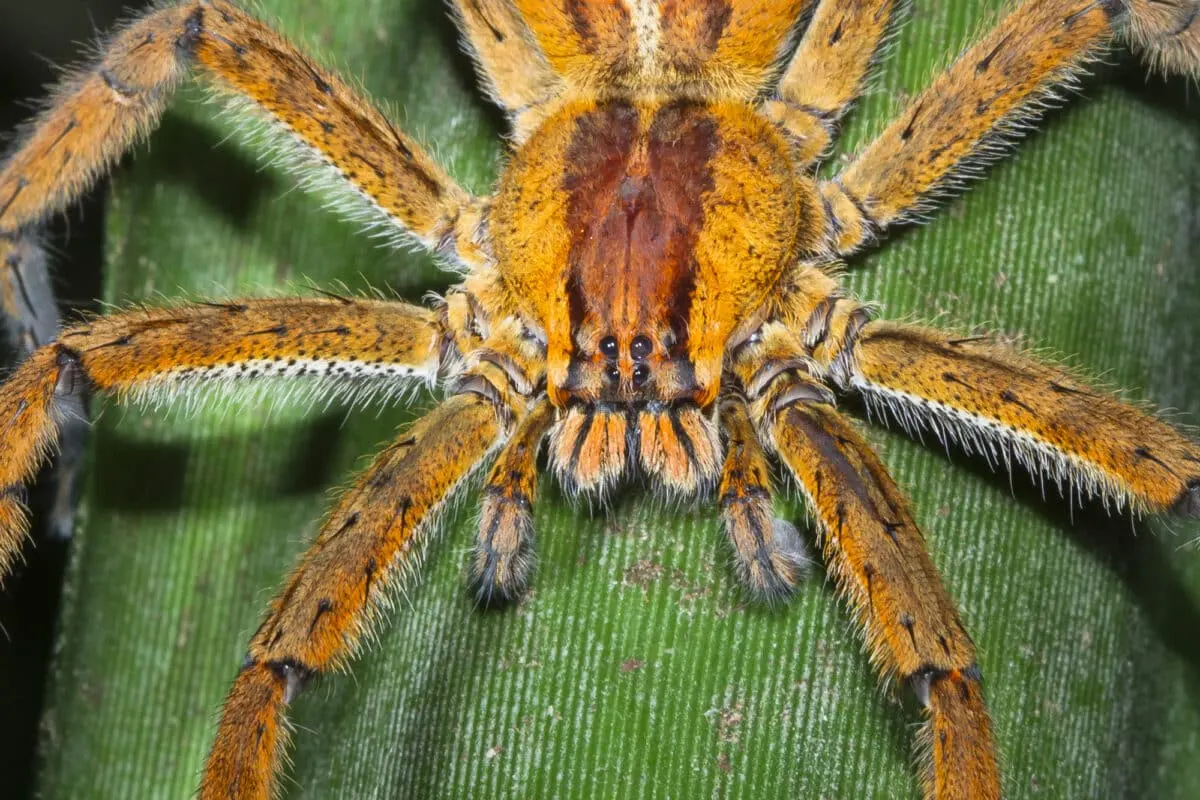Are you aware that the Brazilian wandering spider is among the most venomous spiders globally? In this article, we will go into further detail about the Brazilian Wandering Spider Bite.
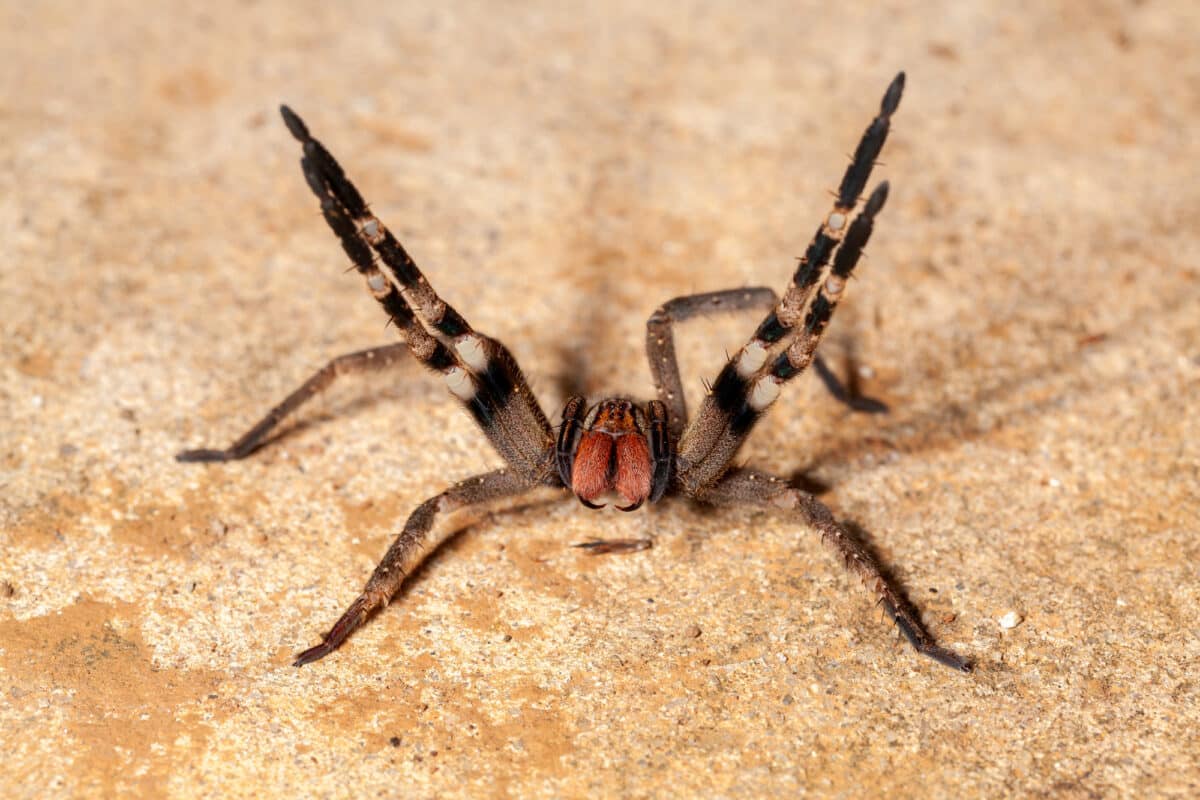
This innocuous-looking arachnid has a bite that can cause intense pain and other serious symptoms, such as paralysis, difficulty breathing, and even death.
Despite its reputation, however, with prompt medical treatment, most bites from this species are rarely life-threatening.
Let’s explore what causes a Brazilian wandering spider bite and how you can treat one if unfortunate enough to experience it.
Want to jump ahead? Click below
What Is A Brazilian Wandering Spider, And Why Is It Dangerous
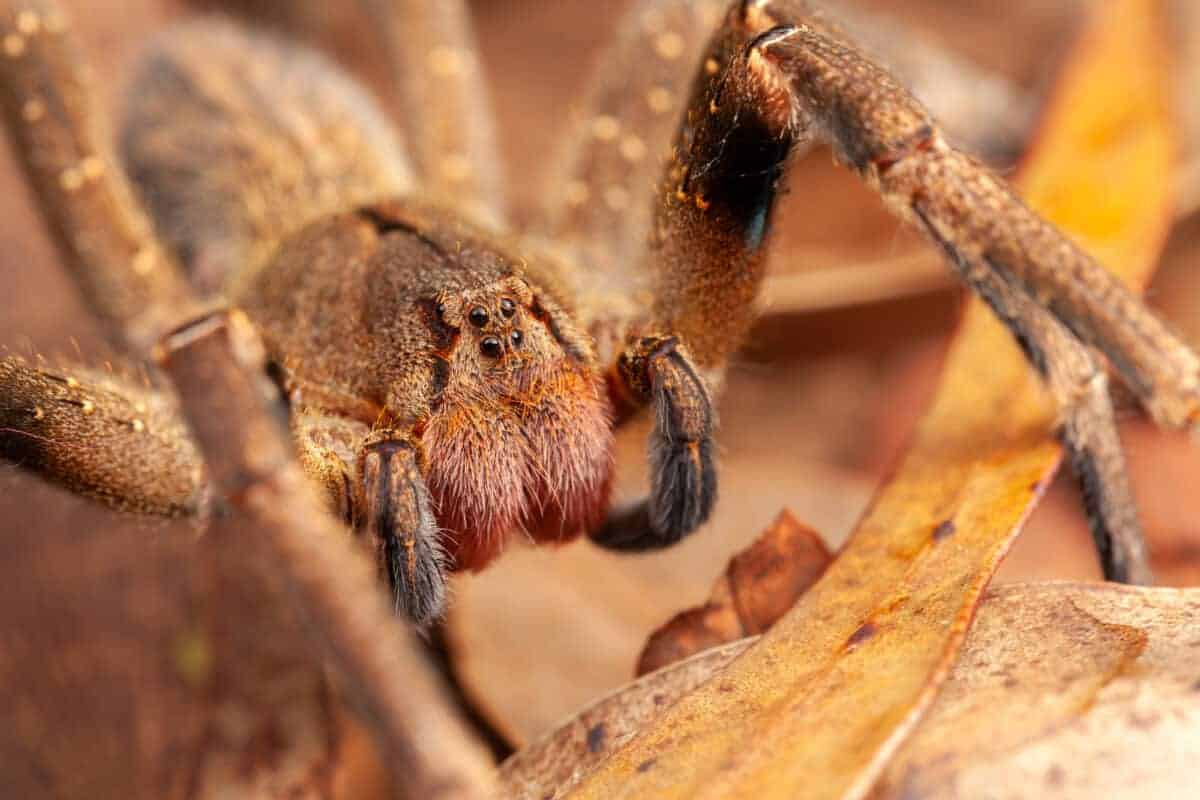
Due to its potent venom, the Brazilian Wandering Spider, also called the Armed Spider or Banana Spider, is widely acknowledged as one of the world’s most dangerous spiders. This spider can be found in several South American countries and is known for wandering into areas inhabited by humans. It can climb walls and hide in clothes, shoes, and beds.
In addition, the toxin can cause long-lasting painful erections if not treated promptly, which makes it especially dangerous to male victims. The spider’s venom is incredibly powerful, and even one bite can be fatal to a human within a few hours.
In the event of encountering a Brazilian Wandering Spider in its natural habitat or within your residence, it is advisable to seek assistance from a trained expert at the earliest convenience.
Symptoms Of A Brazilian Wandering Spider Bite
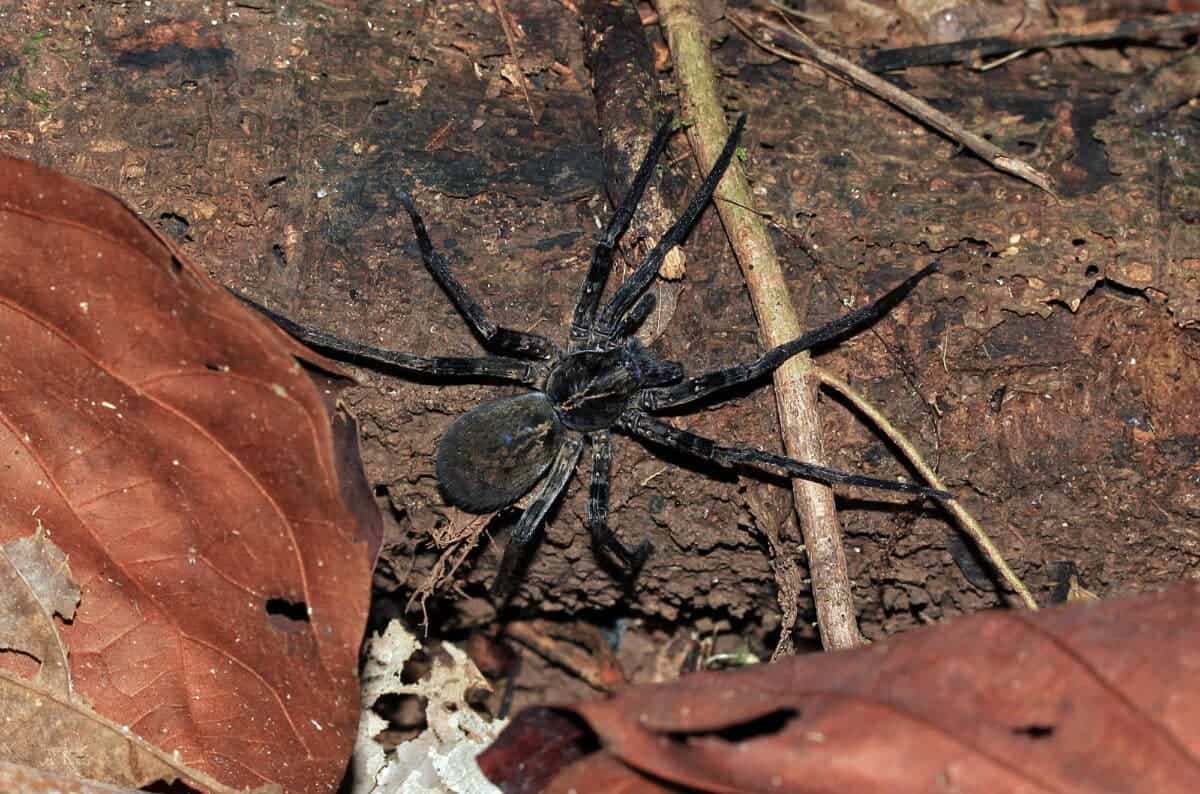
Symptoms caused by the venom of the Brazilian Wandering Spider can vary from mild to severe and may depend on factors such as the spider’s size, the amount of venom injected, and the victim’s age and health.
Below are some common symptoms of a Brazilian Wandering Spider bite:
- Pain At The Bite Site
Being bitten by a Brazilian Wandering Spider may result in discomfort and a sensation of burning or stinging in the area of the bite. The pain can spread to other body parts, accompanied by swelling and redness.
- Neurological Symptoms
A Brazilian Wandering Spider’s venom comprises a neurotoxin capable of influencing the nervous system and brain. Victims may experience muscle weakness, tremors, convulsions, and difficulty speaking or breathing.
In critical situations, the venom can induce paralysis, which may result in respiratory failure and fatality.
- Sexual Dysfunction
The venom of a Brazilian Wandering Spider can cause priapism, a prolonged and painful erection in males.
If left untreated, priapism can cause irreversible damage to the penis and may persist for several hours. Female victims may experience swelling and inflammation in the genital area.
- Gastrointestinal Symptoms
Brazilian Wandering Spider bites can cause nausea, vomiting, and diarrhea.
Victims may experience abdominal pain and cramping.
- Cardiovascular Symptoms
In addition to neurological symptoms, the venom of a Brazilian Wandering Spider can affect the heart and cardiovascular system. Victims may experience an irregular heartbeat, high blood pressure, and chest pain.
Prompt medical attention is crucial and should be sought without delay if you suspect a Brazilian Wandering Spider has bitten you, as the venom can be deadly. Treatment may include antivenom, pain medication, and oxygen therapy.
Prompt Remedies For A Bite By A Brazilian Wandering Spider
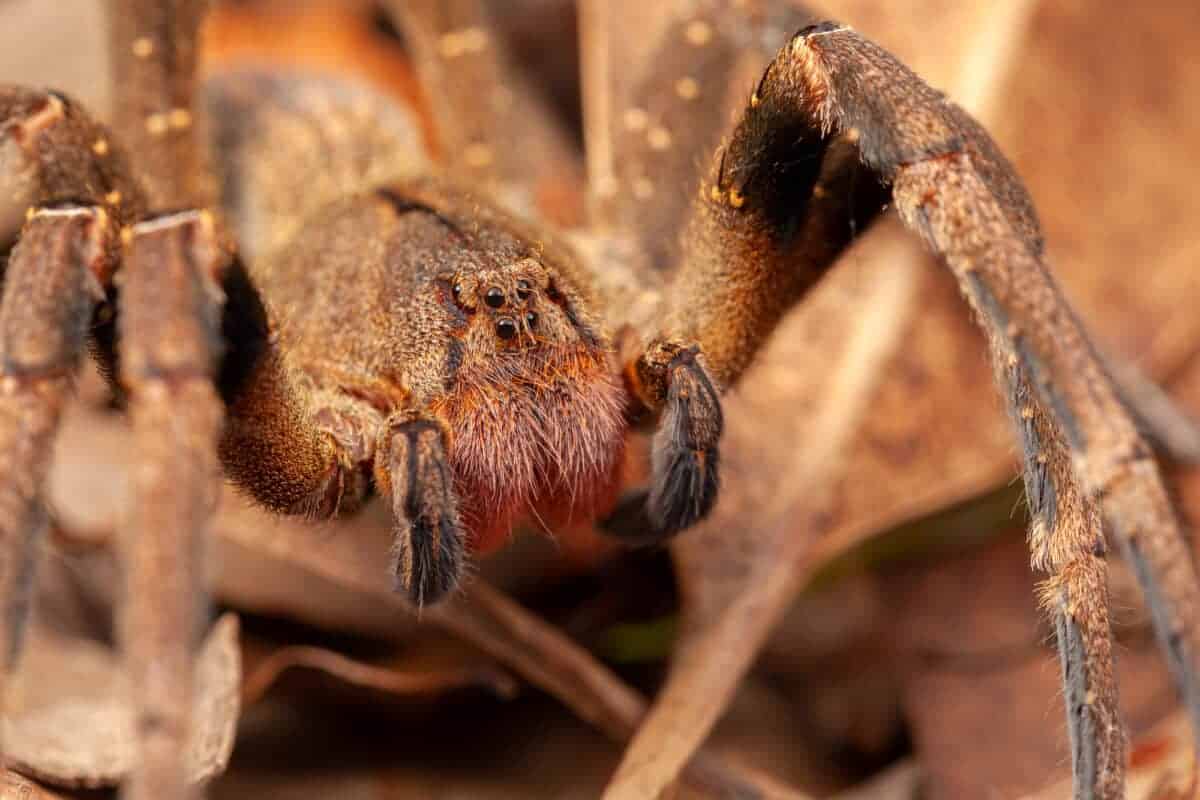
The Brazilian Wandering Spider is one of the deadliest spiders in the world, and its venom can cause severe muscle paralysis and respiratory failure, ultimately leading to death. It is vital to promptly seek medical assistance if a Brazilian Wandering Spider has bitten you.
Before seeking medical assistance, there are some measures you can take to alleviate the venom’s impact.
Stay Calm
Keeping calm and avoiding panicking if a Brazilian Wandering Spider has bitten you is vital. Panicking can cause an increased heart rate, which can then spread toxins throughout your body at a faster pace.
Elevate The Affected Area & Apply Cold Compress
Elevating the affected area above the level of your heart can help slow down the spread of venom in your bloodstream. Administering a cold compress to the site of the bite can also aid in relieving pain and diminishing inflammation.
Clean The Bite Wound Immediately
Use sterile saline or clean water to clean the bite wound immediately and thoroughly. It will help to remove any venom residue from the wound and lower the risk of infection.
Avoid applying suction to the bite wound, as this can worsen the venom’s spread within your body.
Without Any Delay, Obtain Medical Attention
Promptly seeking medical attention is critical. A neurotoxin present in the venom of the Brazilian Wandering Spider can cause muscle paralysis, which may result in respiratory failure and fatality after being bitten by a wandering Brazilian spider.
The sole effective treatment for this type of spider bite is antivenom therapy. Seek medical assistance immediately if you experience dizziness, shortness of breath, difficulty swallowing, or muscle paralysis.
The Brazilian Wandering Spider’s venom is lethal, and the best course of action if you encounter this spider is to leave it alone and seek professional help immediately.
Follow the immediate treatment recommendations listed above to help mitigate the effects of venom, but always seek medical care as soon as possible.
Check out The world’s most dangerous spiders.
Long-Term Effects Of A Brazilian Wandering Spider Bite
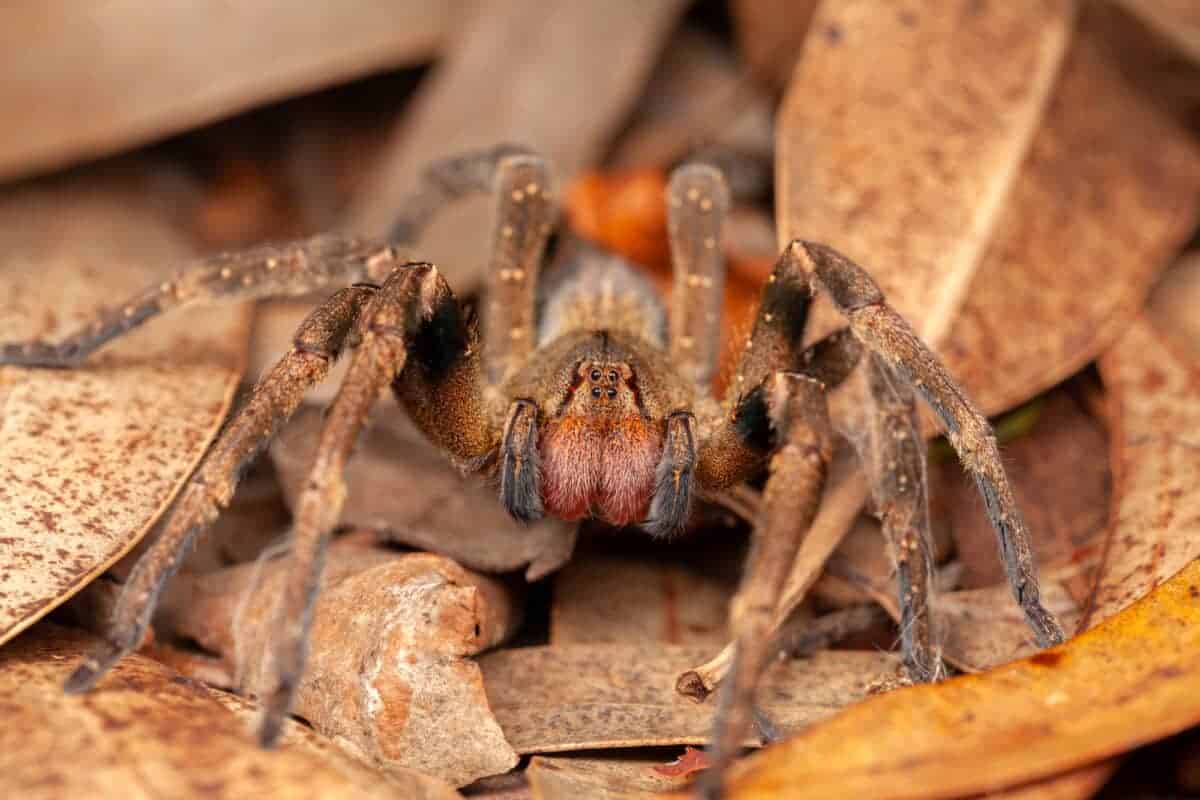
The Brazilian Wandering Spider, also recognized as the Banana Spider, is among the most venomous spiders globally. The gravity of the envenomation can have considerable, long-lasting implications on an individual’s health. Typical indications of a wandering spider bite include intense pain, swelling, sweating, and muscle spasms.
However, the venom can also affect the respiratory and cardiovascular systems, leading to difficulty breathing, high blood pressure, and even heart failure. In rare cases, neurological disorders such as paralysis may also occur.
Due to these potentially life-threatening long-term effects, it is crucial to seek immediate medical attention if you suspect a wandering spider has bitten you.
Prevention Tips To Avoid Encountering A Brazilian Wandering Spider
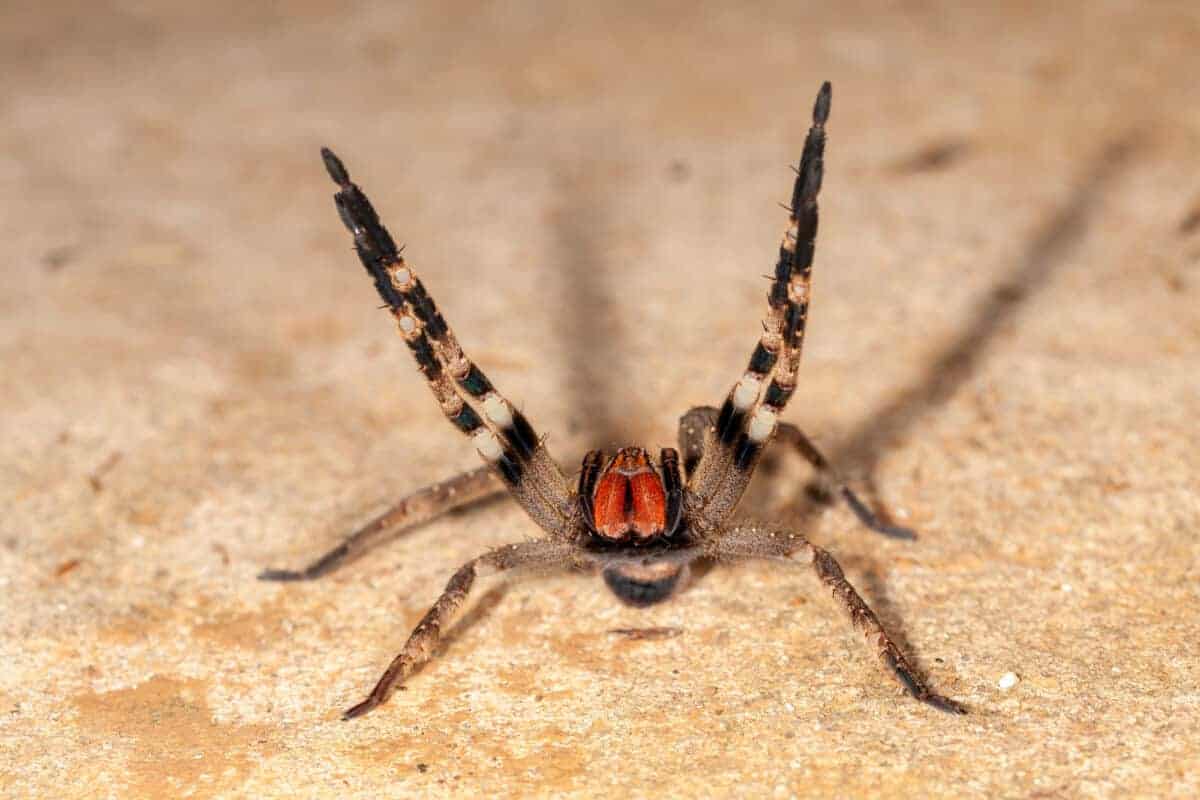
The Brazilian Wandering Spider, also known as the banana spider, is one of the deadliest spiders in the world. These spiders are typically found in South and Central America and are known for their venomous bite. It’s important to take preventative measures.
To avoid encountering this dangerous spider, be cautious when unpacking boxes or clothes that have been stored for a long time, as these are common hiding spots for spiders.
Additionally, it’s important to regularly clean and dust your home, as clutter can attract these spiders. Lastly, shake any clothes or shoes before wearing them, especially if left on the ground.
Following these simple tips can greatly reduce the risk of encountering a Brazilian Wandering Spider and protect yourself from its harmful bite.
Pest Control Solutions In The Event Of An Infestation
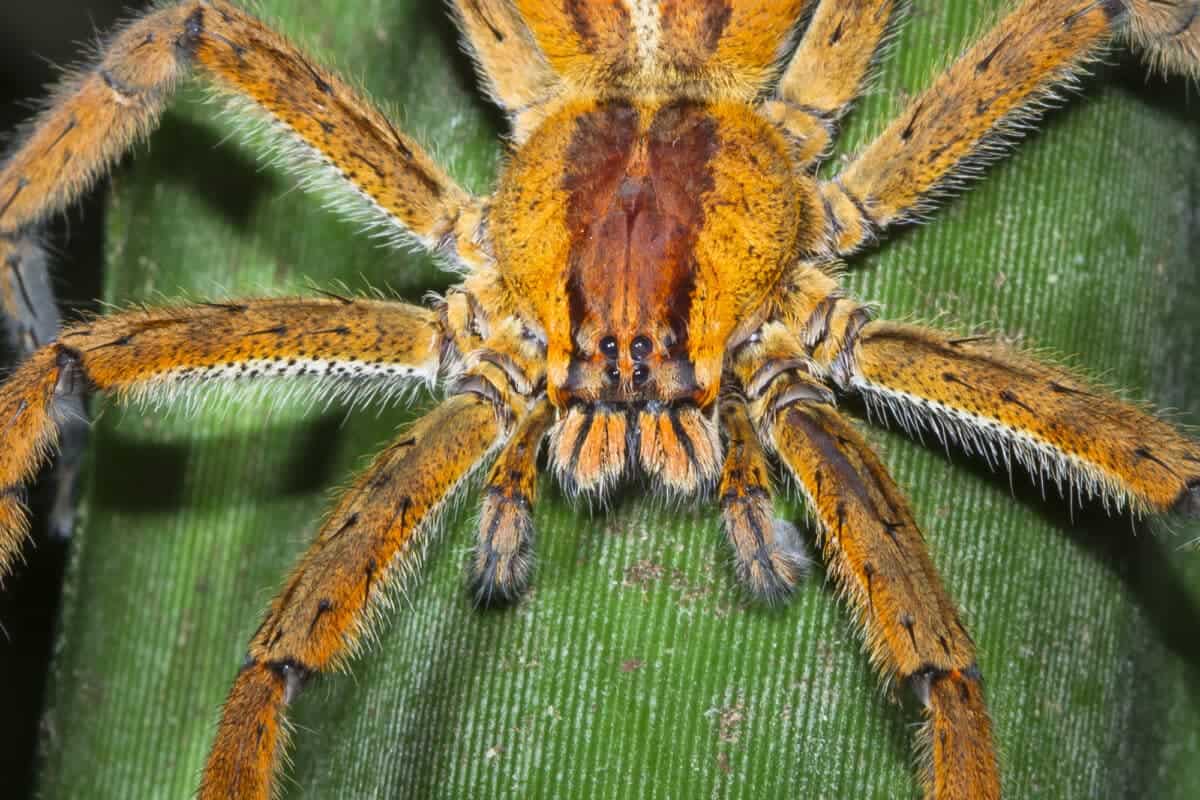
Dealing with a pest infestation is no easy task, especially when it comes to a spider known for its deadly venom – the Brazilian wandering spider.
These spiders are found in Central and South America and can cause serious harm if they bite. If you suspect an infestation, it is essential to seek professional pest control solutions immediately.
Experienced pest control specialists can detect the infestation source and administer safe and effective treatment methods for you and your family. It is crucial to take this hazard seriously and avoid handling it alone. Protect yourself and your loved ones by entrusting the task to experts.
Check out Brazilian Wandering Spider Control: How To Get Rid of Brazilian Wandering Spiders.
Key Points
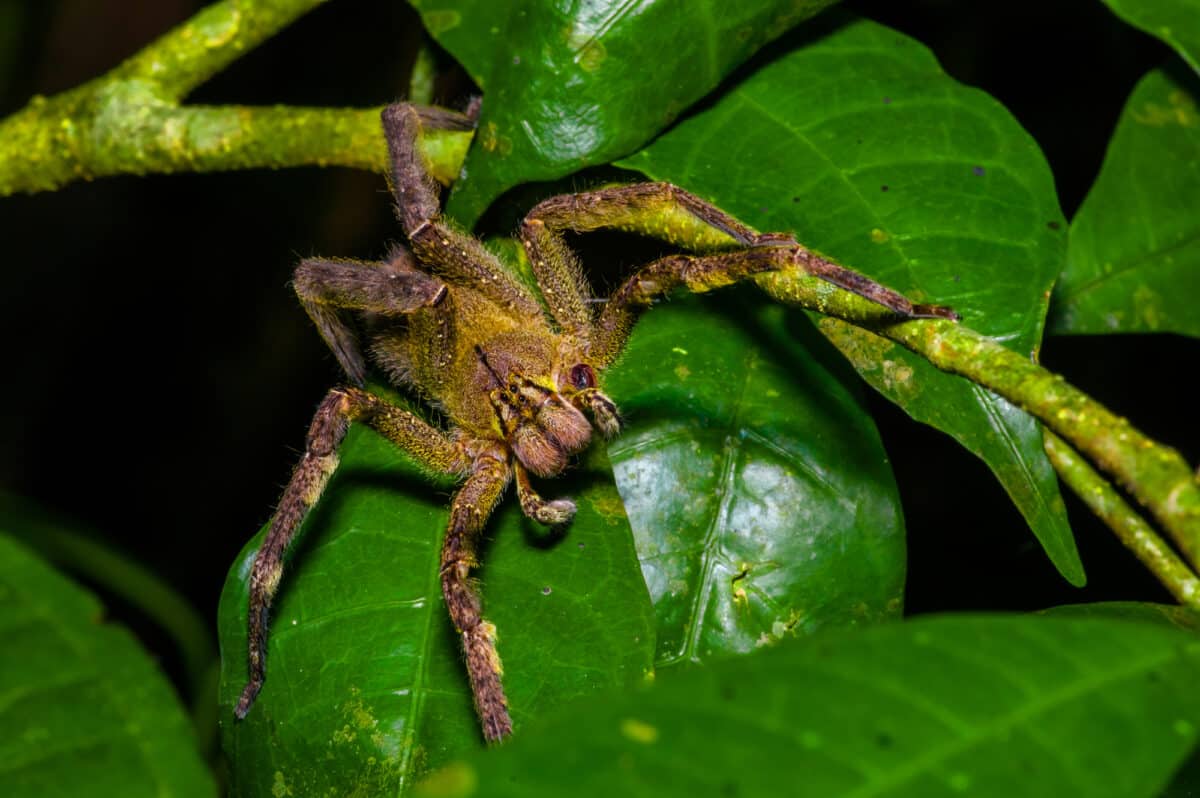
| Due to its potent venom, the Brazilian Wandering Spider, also called the Armed Spider or Banana Spider, is widely acknowledged as one of the world’s most dangerous spiders. |
| This spider can be found in several South American countries and is known for wandering into areas inhabited by humans. It can climb walls and hide in clothes, shoes, and beds. In addition, the toxin can cause long-lasting painful erections if not treated promptly. |
| Symptoms caused by the venom of the Brazilian Wandering Spider can vary from mild to severe and may depend on factors such as the spider’s size, the amount of venom injected, and the victim’s age and health. |
| Elevating the affected area above the level of your heart can help slow down the spread of venom in your bloodstream. Administering a cold compress to the site of the bite can also aid in relieving pain and diminishing inflammation. |
| Prompt medical attention is crucial and should be sought without delay if you suspect a Brazilian Wandering Spider has bitten you, as the venom can be deadly. Treatment may include antivenom, pain medication, and oxygen therapy. |
Wrapping Up with Brazilian Wandering Spider Bite
In conclusion, the Brazilian wandering spider is a real danger to be aware of when you are out and about, whether in your own country or traveling abroad. Even though its bite can be deadly, with prompt and appropriate medical treatment, most bites rarely result in lasting harm. To prevent these bites from occurring in the first place, it helps to educate yourself on what they look like and how to identify them.
We can all stay safe outdoors by learning more about this species and taking necessary precautions to visit safely. If ever bitten by one of these arachnids, seek medical help right away and inform your healthcare provider so they can provide a proper antidote or treatment.
Keeping informed and aware of what lurks around us is better than being fooled by their innocent appearance!
Thanks for following along with me! I hope you enjoyed reading about these two entertaining animals. Next is Understanding The Inland Taipan Bite, Venomous Deathstalker Scorpion Sting, and Surviving A Gaboon Viper Bite.
- Watch Hippo Mother Chases Crocodiles To Protect Her Dead Child - April 15, 2024
- Watch Elephants Ask Rescuer To Play Piano - April 12, 2024
- Top Techniques To Cleaning Up Dog Vomit - April 11, 2024

